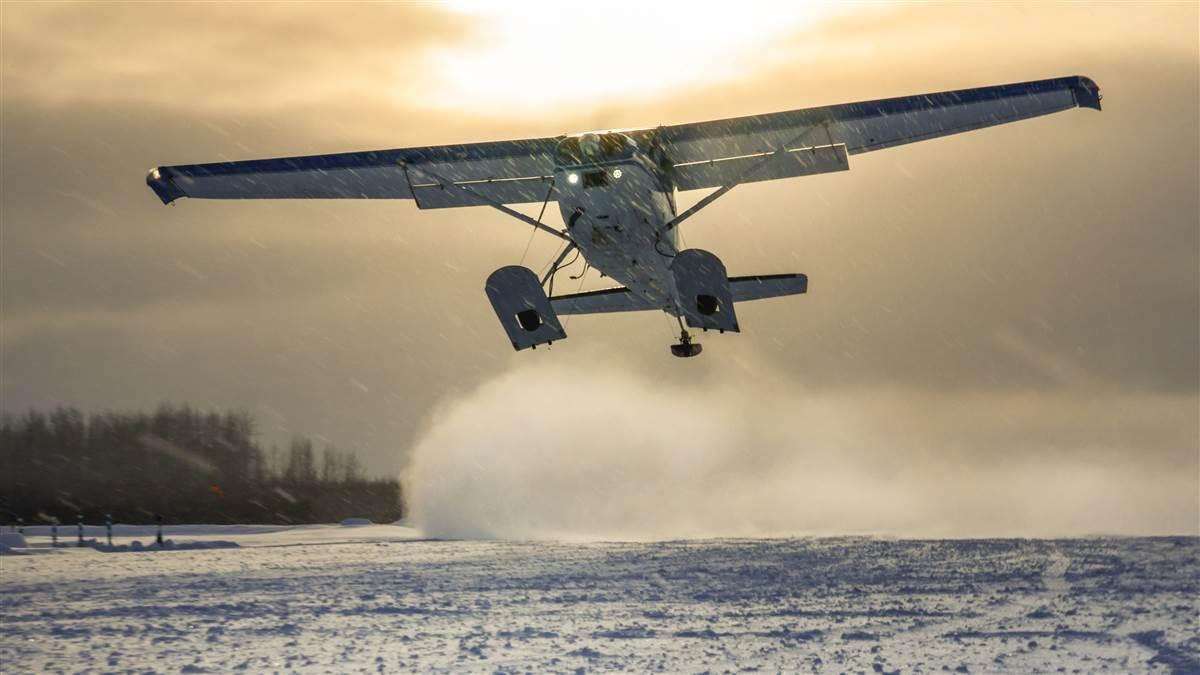Iditarod Air Force pilot Bruce Moroney and I have just departed this field in his ski-equipped Cessna Skywagon after hauling people and gear up from McGrath. This is one of many flights today that support race-critical missions like transporting dogs, judges, and even doggy drug tests to prevent doping.
We follow the Iditarod trail home to McGrath, taking note of the current weather conditions in a land where METARs and TAFs are few and far between, and pilot reports and weather cameras are king. Suddenly, over the radio, we get a call, asking if the IAF is up. It’s the Iditarod trail breakers—a team of snowmachiners who ride the trail first, taking care to ease the path for the mushers and their teams behind and place the official trail markers. They’re a critical safety component of the race and precede the mushers on the trail by at least a day. Turns out, the snow has been thicker than expected, and they’re low on fuel; they ask to make sure the IAF brings some to Cripple. They wave up in thanks as we wave our wings down to them. This winter-bound region is now only accessible by skiplane, dog team, or snowmobile, and transporting fuel would take anything without wings days. With a Skywagon, it takes a little over an hour. For Moroney and the other IAF pilots, this is all in a day’s work. For the Iditarod, air support like this is the reason the “last great race” can go on at all.
